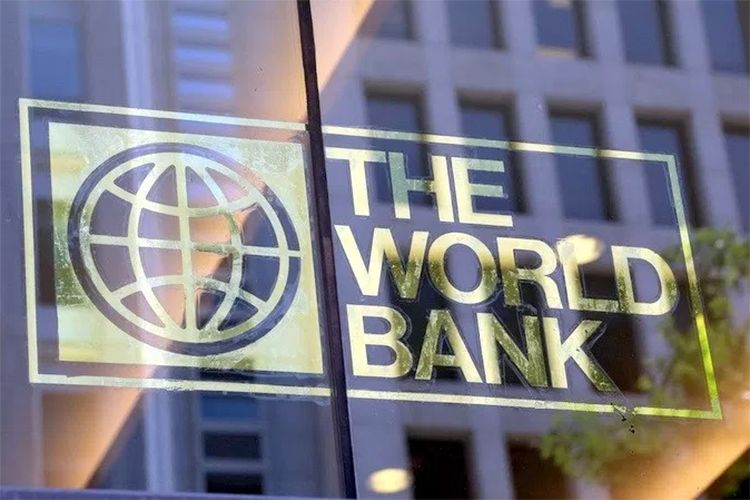By Esteban Duarte and Marcelo Rochabrun
Colombia and Peru are considering returning to a World Bank program that issues bonds to cover natural disaster claims after the plan faced a nearly two-year hiatus.
The countries are among those looking to take advantage of renewed investor interest in the bank’s catastrophe bonds (debt offerings in which investors take the risk of significant losses in the event of a disaster).
In March, the World Bank provided Chile with US$630 million in earthquake protection, its first deal since July 2021 and its largest single-country deal.

Colombia and Peru are countries where the World Bank has previously issued debt on their behalf.
According to a government representative, Colombia confirmed that it is working on the structure of a potential transaction that would protect against the costs of excess rainfall, including flooding.
Peru is holding exploratory talks on a deal with the World Bank for earthquake coverage, a government official said in a text message.
“Chile issued in 2018, and now they’re back,” said Michael Bennett, head of market solutions and structured finance at the World Bank.
“We hope it will help generate more interest in our various member countries vulnerable to catastrophe risk.”
The World Bank did not place catastrophe bond transactions in 2022, as a broad market downturn reduced the cash available to institutional investors for such offerings.
But emerging market nations are again looking to these bonds to reduce the cost of buying financial protection against impending catastrophes.
Chile’s earthquake protection comprises a US$350 million catastrophe bond and a US$280 million swap contract, in which a group of insurance and reinsurance companies will receive a payment in exchange for a potential payout in the event of a disaster that falls within specific pre-established parameters.
According to Bennett, the mid-March deal generated strong demand, allowing the World Bank to raise more than double initial expectations, with prices at the narrow end of a risk premium range between 4.75% and 5.5%.
In catastrophe bond transactions led by the World Bank – which has a better rating – the international entity issues the bonds directly, allowing emerging sovereign issuers – generally with lower credit ratings – to reduce their financing costs.
The United Nations forecasts that climate change will drive an increase in natural disasters at a rate of 560 per year by 2030, up from 400 in 2015, so the desire for such protection plans will likely increase.
Colombia and Peru participated along with Chile and Mexico in a US$1.36 billion World Bank agreement for earthquake protection in 2018.
With World Bank support, Peru is considering updating the model used in the bond issued in 2018, the government official wrote in the email.
According to Bennett, the World Bank is also working with Caribbean countries to create a catastrophe bond for the region.
Jamaica plans to participate in the transaction, said Dian Black, senior director of debt management at the country’s Ministry of Finance.
“The plan is simply to participate in the regional catastrophe bond that the World Bank is arranging,”
Black said in a separate interview. “Some of the Caribbean countries are already on board.”
With information from Bloomberg

